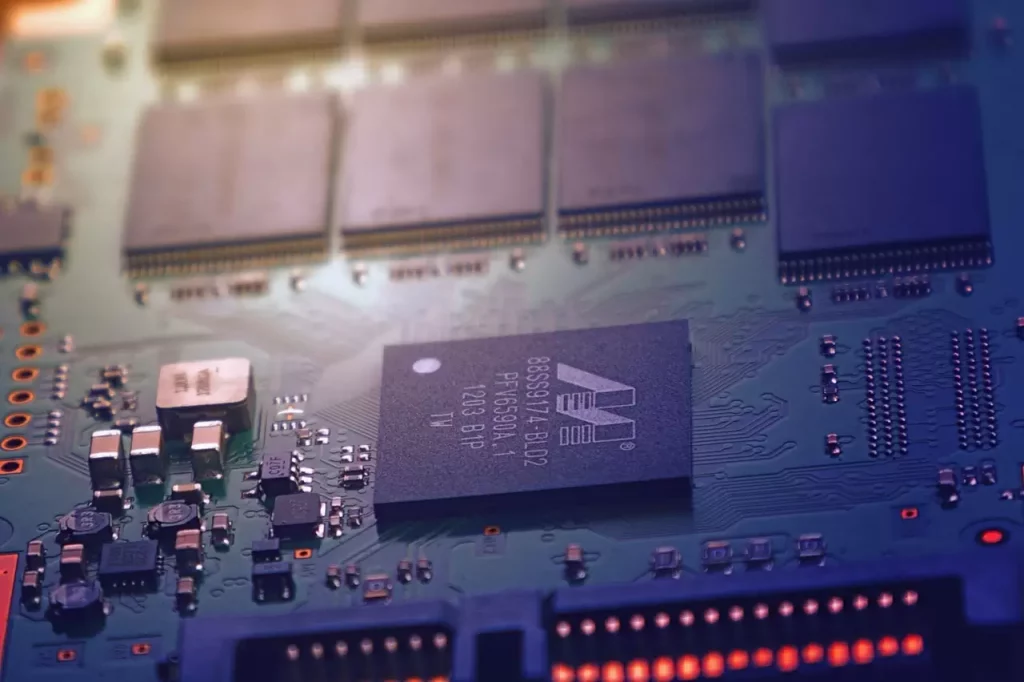Microchips have been a hot topic of discussion across all industries over the past 16 months due to the pandemic-induced disruption the global shortage is causing.
Computers, cars, smartphones, and household items are just some of the products suffering from the supply constraints. According to research by Gartner, it is not going to subside before well into 2022.
Why Is There A Microchip Shortage?
COVID-19 and the numerous lockdowns across the world had a big play in the cause of this shortage; manufacturers had to shut down or produce at a reduced capacity.
The massive demand from the public buying devices to stay connected to friends and family, students and children needing devices to start learning online, and staff needed extra equipment to work from home.
This has not just affected the tech and electronics industries; it has affected businesses from healthcare and defence to construction and cosmetics.
Effects On The Automotive Industry
One story that caught the attention of the media and the world was the disruption to the car manufacturing industry; the revenue lost in this industry has been substantial.
Some semiconductor producers opted to sell their microchips to higher bidders in the smartphone industry. This has caused massive disruptions to the motor manufacturing industry, exemplified by companies like General Motors having to temporarily shut down all three of its American plants due to these microchip shortages.
The market is at risk of having a secondary economic impact because of these shortages.
Panic buying has only worsened the situation; companies that needed these chips started to stockpile them, which drove up costs. The geopolitical friction between the US and China is not helping the situation; alongside this, Chinese tech companies have aggressively been stockpiling in expectation of this shortage.
The Ever-Increasing Demand For Microchips
The demand for Microchips has been increasing for the last decade due to higher demand for technology devices with 5G, The Internet of Things (IoT), and AI devices becoming more embedded in our daily lives.
This is set to continue as people upgrade older devices for new 5G enabled device and as companies look to strengthen their wireless networks to accommodate flexible working arrangements.
As some countries are getting back to normal or settling into the ‘new normal’, the global semiconductor industry has exploded, with industry sales reaching $40 billion. It is no surprise that players in this industry are trying to expand their capacity, like Intel expanding their operations in the US and Ireland, splashing out $20 billion on two new factories.
Intel is one of the last companies that both design and manufacture its own chips, stating that the new factory builds will not take the usual 3 or 4 years; they are hoping to have these factories producing within six months in an attempt to catch up with demand.
Until these semiconductor producers can catch up with the ever-increasing demand, consumers will have to be patient in waiting for any new product coming to market, and businesses will need to organise their projects efficiently to mitigate risk to clients.
Here at ISDM, our design and projects teams have a wealth of market knowledge and contacts; we provide consultancy on lead times and project timescales.


